If you are someone who merely dabbles in smart home automation, your knowledge of the entire smart home paradigm is probably limited to the few devices you have in your home. Perhaps you have a smart speaker and a couple of smart light bulbs. It is a good starting point, but there is a lot more to home automation than your current setup.
Actually building out a home to make it as smart as it can be begins with a solid knowledge base. One of the first things to learn is what actually goes into a complete home automation system. What are the key components that make it all work?
1. The Network
Smart home automation’s foundation is the network. Devices need to be connected in order to operate properly. In most homes, the network is a Wi-Fi network. Wi-Fi connects the various devices throughout the home. It also connects those devices to the internet.
A home’s internal Wi-Fi network is known as a local area network (LAN). Meanwhile the internet is considered a wide area network (WAN). A home automation system can be limited exclusively to the LAN. But it needs to be set up that way on purpose. Consumer-level home automation devices default to the hybrid LAN-WAN setup. That is because they need internet access to do what they do.
2. A Central Hub
Next is the central hub. This is a device that essentially acts as the control center for the system. If you are rocking a smart speaker along with a few smart light bulbs, the smart speaker is acting as your central hub. There are other possibilities.
Maybe you use Amazon Alexa on your phone. Through the app, you can control all the home automation devices on your network. Your phone is acting as the central hub.
If you were to invest in a home automation system from Vivint, you could use the Vivint app on your phone just like someone else would use Alexa. But Vivint also offers a central hub that works with all its devices out of the box. One way or another, you need a central hub in order to unify integration and maximize control.
3. Smart Devices
The next component is actually the last component you need for basic control. It is the smart device. In other words, it would not make sense to have a Wi-Fi network and central hub without devices connected to them. So most people have some combination of smart lighting, smart temperature control, and smart access.
Devices can include the following:
- Light switches and bulbs
- Electronic door locks
- Smart thermostats
- Security cameras
Each device on a system is recognized as a separate entity on the network. Devices can be connected to create rather complex routines. Individual devices can also be programmed and scheduled independent of every other device.
4. Sensors
Finally, you can move beyond basic home automation by installing a variety of sensors and linking them to different devices. Examples include motion detectors, temperature sensors, and actuators. Every sensor monitors something and collects data. Sensors can be utilized to trigger events within the system. For instance, motion detectors can be used to control lighting. Extra sensors are not necessary for basic function, but they are for more advanced automation control.
Complete home automation goes way beyond a smart speaker and a few light bulbs. Once you know how it all works, it is easier to understand how to build out a home for maximum automation and convenience. This post has hopefully provided a starting point for your own home automation journey.

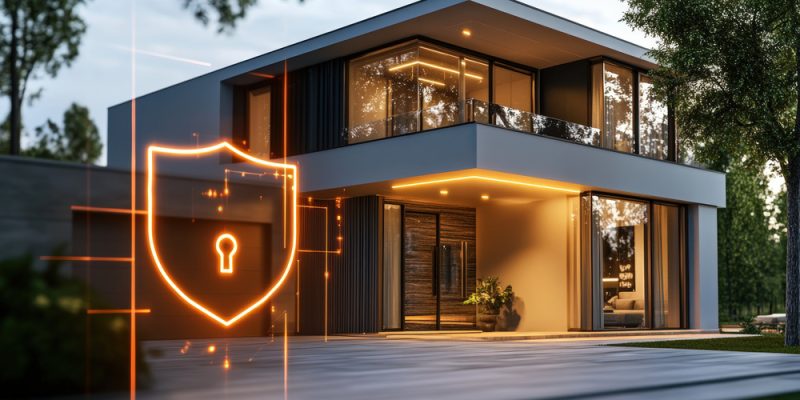
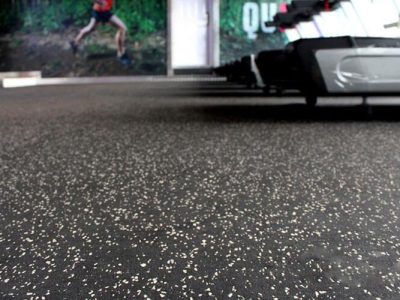
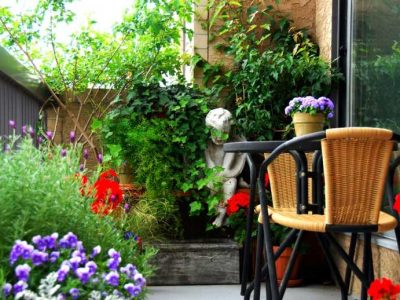

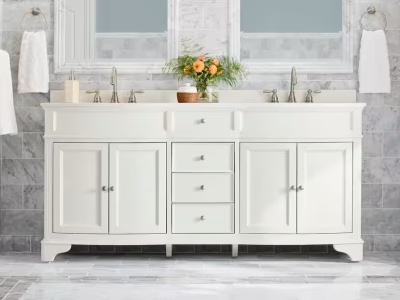
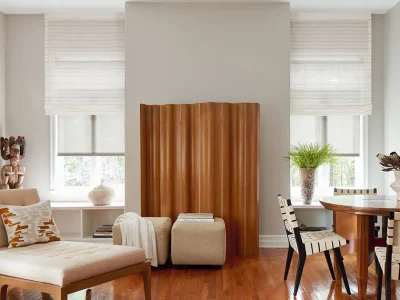



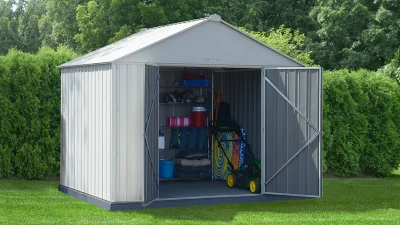
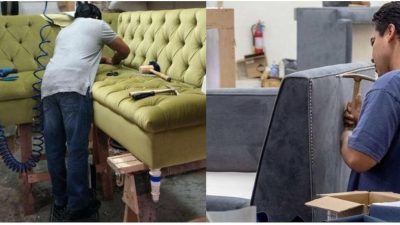
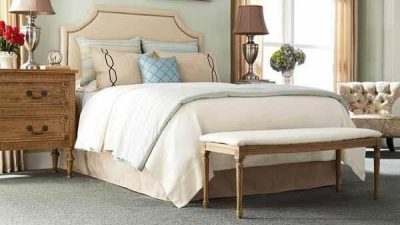
Comments